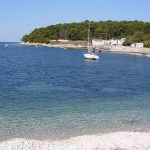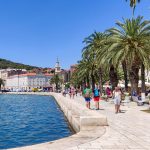November 16, 2019 – Tourism in Croatia has many niches apart from the stereotypical sun and sea attractions. A look at the tourism potential of birdwatching in Croatia.
Birdwatching is usually associated with a relatively older public, but it seems it is now becoming popular even among millennials. It has been hailed as 2017’s unlikeliest craze with an increasing number of celebrity birders as fans. Hotels around the world are now holding regular ‘Birds and Booze’ rooftop events, and the London-based Urban Birder David Lindo runs popular masterclasses and field trips.
So, with birdwatching tourism growing as a niche market, how does Croatia fare in all this? Well, potentially – remarkably well. That is, if the right strategy is put in place and powers that be realise the opportunity that such niche visitor experiences present especially in light of over-tourism in the summer months and attracting more people to continental Croatia.
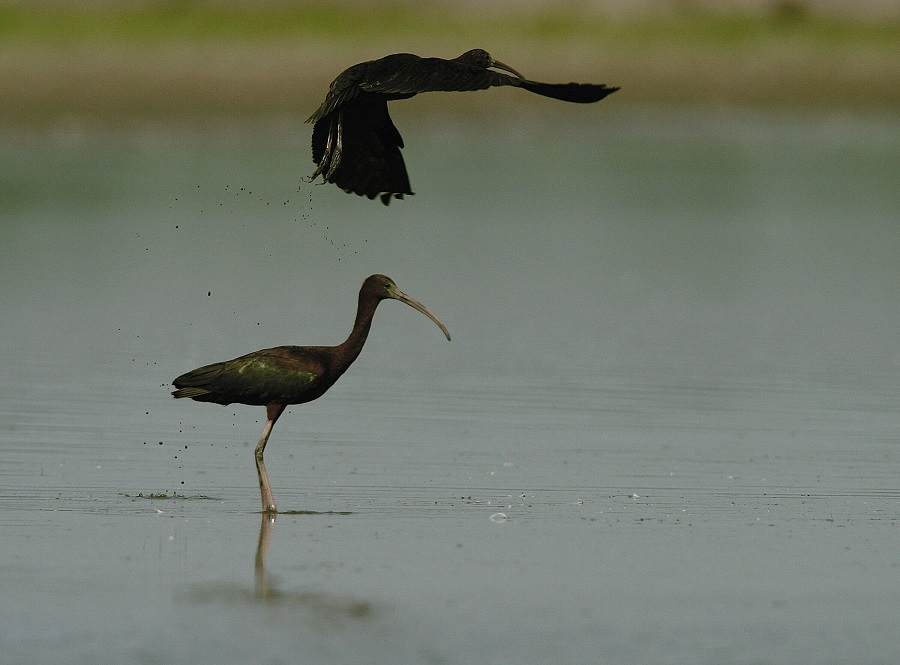
There are several key preconditions that make a destination attractive for birdwatching tourism, but the availability and variety of birdlife, as well as the presence of specific bird groups or endemic species is a critical one. With 387 bird species to be observed in Croatia, out of which 69 are threatened on the European level and 21 on the global level, Croatia surely has a lot to offer in terms of variety of birdlife. In addition, Croatia is the only eastern European country that has breeding Cory’s and Yelkouan Shearwaters, Audouin’s Gull and Eleonora’s Falcons.
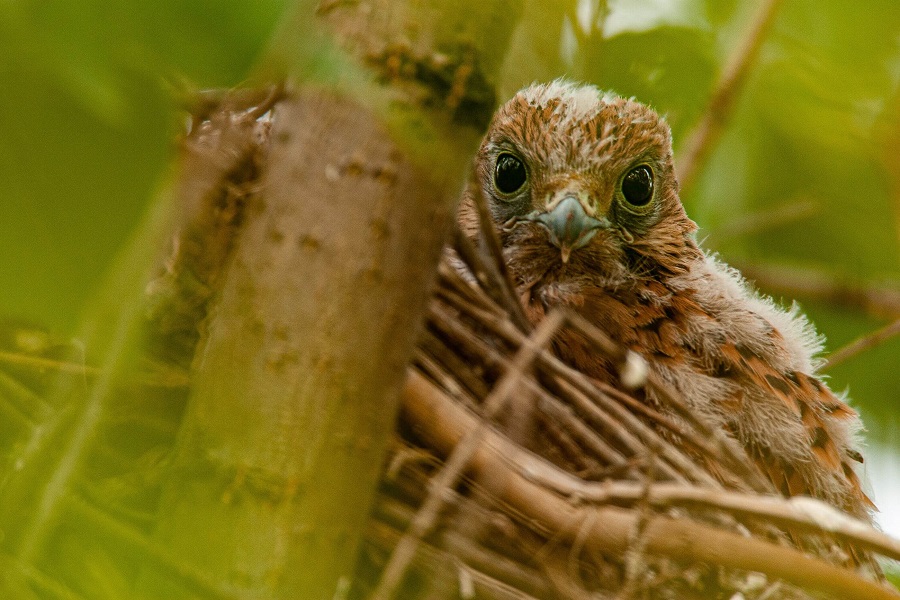
Safety is another important requirement for birdwatching tourism as birdwatchers often spend a lot of time alone or in small groups in isolated areas. This situation generally makes protected areas more attractive than unprotected ones.
Again, Croatia fares really well against this criterion – with as many as 23 International Bird Watching Areas spread across an area not bigger than 300 km2 it is an ideal birdwatching destination year-round. There are 20 ornithological reserves and four wetland sites in Croatia that are on the Ramsar Convention list– world’s leading protocol for the conservation and sustainable use of wetlands. Nature Park Kopački Rit, Nature Park Lonjsko polje, Crna mlaka and the delta of the river Neretva are key Ramsar sites, not to mention 8 national parks and 11 nature parks Croatia has to offer. These are all protected and marked areas, incredibly safe, yet offering wild, unspoilt unique landscapes.
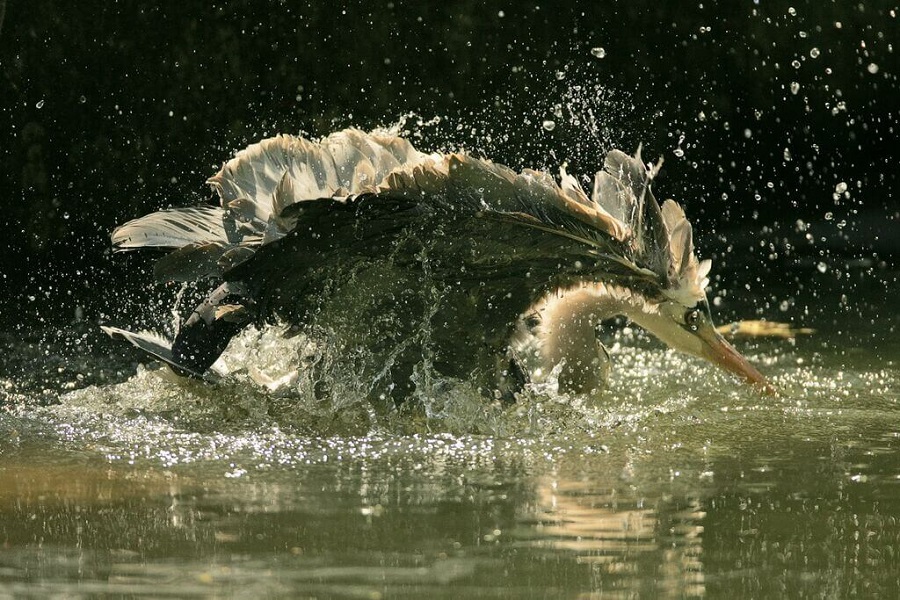
So, what do we know about a typical birdwatcher? They tend to be men and women between 40 and 70 years old, well educated, relatively affluent and interested in other wildlife as well. Weather and other circumstances are not that important to them, but they like to relax and are interested in other activities as well, especially cultural. They are more concerned about conservation and sustainability than general travellers and are therefore very respectful to the environment.
This makes them an ideal visitor– wealthy, environmentally conscious, not bothered by the weather and interested in activities such as culture!
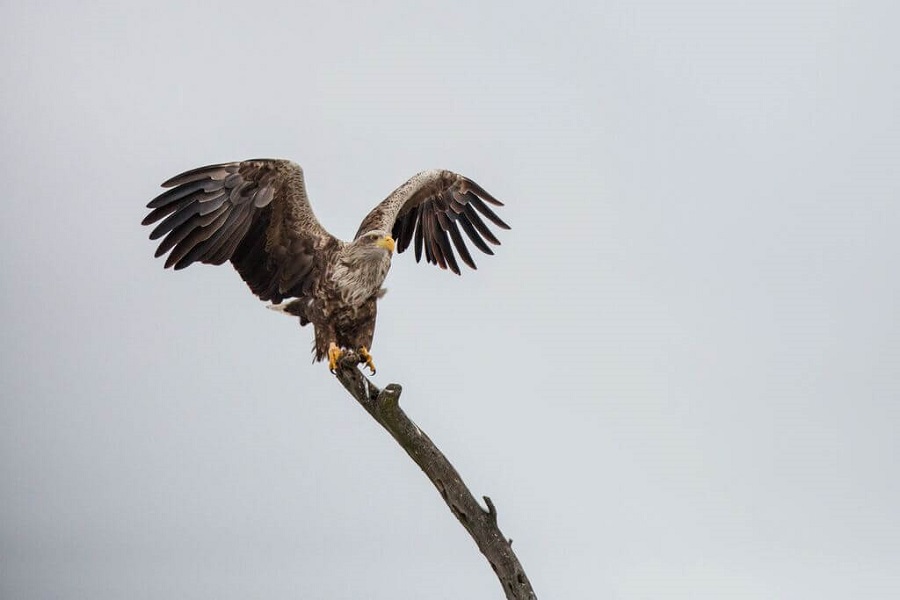
So what does all this have to do with Croatia? Well not much yet, as we still seem to focus on sun, sea and crowded beaches as our main offer to tourists coming mostly during the summer months.
But, with a rising number of environmentally discerning travellers seeking unique experiences, birdwatching is just one option how to attract affluent visitors to Croatia without a heavy investment needed.
With so much to offer, Croatia truly has all the ingredients to position itself as a boutique birdwatching destination, offering coastal and continental birdwatching in combination with rich culture, fabulous gastronomy and world heritage in one place. All we need is a bit of thought and some good planning to tap into what could be a real little gem in terms of unique visitor experience offer.

For the latest travel, follow the TCN dedicated section.




